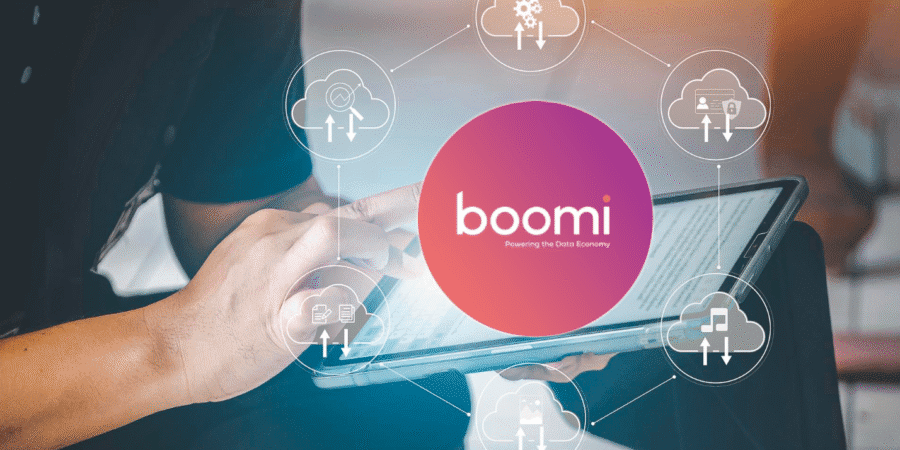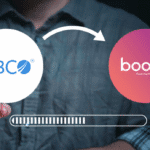The Future Is Cloud-Native: Why Boomi Is Built for the Next Decade of Integration
In my previous article, “Unlocking Agility and Innovation: Business Benefits of Boomi Migration,” We discussed how moving from TIBCO Cloud Integration to Boomi enables businesses to unlock new value through agility and innovation.
But as TIBCO Cloud Integration approaches retirement, the conversation naturally progresses to a deeper question: what kind of platform truly prepares you for the future?
The answer lies in being cloud-native—and that’s where Boomi leads the way.
Boomi isn’t just cloud-compatible; it’s built in and for the cloud, making it a platform designed to meet the integration challenges of the next decade. In this article, I’ll explore what cloud-native really means, how Boomi’s architecture sets it apart, and why this shift matters for TIBCO users planning their next move.
What “Cloud-Native” Really Means for Integration

We often hear the term cloud-native used to describe modern software—but in integration, it means much more than just being hosted in the cloud.
A cloud-native integration platform is designed for scalability, agility, and continuous innovation. It is:
- Elastic and scalable – Automatically adjusts resources to handle varying workloads.
- Managed and resilient – Reduces maintenance burden on IT.
- API-first and event-driven – Enables real-time, connected digital experiences.
- Hybrid-ready – Seamlessly supports both on-premises and cloud environments.
Legacy middleware—or retiring platforms like TIBCO Cloud Integration—weren’t built for this kind of flexibility. They were designed for static, centralized systems that don’t align with today’s distributed, dynamic digital ecosystems.
As organizations evolve, their integration strategies must evolve too. A true cloud-native platform like Boomi provides the foundation for that evolution.
Boomi’s Platform Architecture and Future-Readiness
Boomi has been cloud-native since its inception in 2005, long before “cloud-first” became a standard industry term. Its early and continuous investment in cloud-native innovation gives it a significant advantage over retrofitted solutions.
Here’s what makes Boomi’s platform truly future-ready:
- Low-code development – Speeds up delivery by enabling both IT and business users to build integrations.
- Unified platform – Combines integration, API management, data management, and automation.
- Hybrid and multi-cloud support – Integrate anywhere: cloud, on-premises, or edge.
- Comprehensive API management – Securely manage and scale digital ecosystems.
- EDI/B2B and event stream capabilities – Enable real-time connectivity across partners and systems.
This combination delivers speed, scalability, and simplicity—helping businesses stay ahead of change rather than react to it.
Why This Matters for Businesses Moving from TIBCO
For TIBCO users, the platform’s upcoming retirement highlights an important reality: integration can no longer depend on legacy systems. Businesses need a foundation that can adapt as technology, customers, and markets evolve.
Migrating to Boomi isn’t just about maintaining continuity—it’s about embracing a platform built to accelerate what’s next.
The advantages for TIBCO users include:
- Less technical debt through a modern, cloud-based architecture.
- Greater flexibility to connect any system or data source quickly.
- Reduced risk of being held back by vendor dependency or outdated technology.
Practical examples include:
- Real-time event-driven integrations that enable instant data flow between applications.
- API-led architectures supporting digital transformation and omnichannel experiences.
- Hybrid data flows that bridge on-premises legacy systems with new cloud applications.
- Rapid partner onboarding through reusable templates and process accelerators.
Boomi empowers organizations to transform at their own pace—without being constrained by old limitations.
Migration-Specific Benefits Aligned to Cloud-Native Architecture

What makes Boomi particularly compelling for TIBCO users is how its cloud-native design simplifies migration and accelerates outcomes.
Boomi’s migration advantages include:
- Pre-built assets and accelerators that reduce migration effort and risk.
- Hybrid deployment flexibility, allowing you to run integrations wherever your data lives—on-prem, in the cloud, or at the edge.
- Modern API management for consistent governance and reusability.
- Business logic reuse, ensuring existing workflows are not lost in migration.
By aligning with Boomi’s architecture, organizations can future-proof their integration landscape while achieving short-term value faster.
Planning for the Next Decade

As emphasized in the previous article, successful migration is more than just a technical transition—it’s a strategic transformation.
To prepare for the next decade of integration, organizations should consider this migration checklist:
- Assess current integrations – Identify legacy dependencies and business-critical workflows.
- Define the target architecture – Map a design that supports scalability and innovation.
- Identify quick wins – Focus first on high-impact integrations that deliver measurable value.
- Establish governance and CoE (Center of Excellence) – Create a framework for ongoing success.
- Invest in training and enablement – Empower teams to build and manage integrations effectively.
With Boomi, each of these steps becomes faster, more collaborative, and aligned with long-term business goals.
Conclusion
The end of TIBCO Cloud Integration marks more than just a platform sunset—it represents a shift toward a cloud-native era of integration.
Boomi’s architecture, agility, and continuous innovation make it the clear choice for organizations looking to thrive in this new environment.
If your business is planning its next move post-TIBCO, now is the time to think beyond replacement—and toward reinvention.
👉 Connect with Influential Software to plan your Boomi migration and build a cloud-native integration strategy that’s ready for the next decade and beyond.


